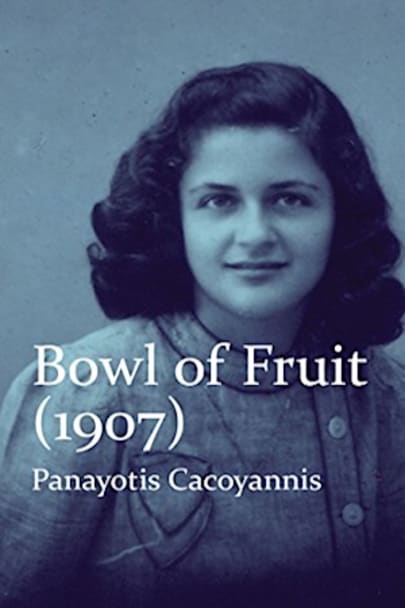“A magically original story about two strangers and enticing secrets.” – IndieReader (5 Star Review)
…Leon’s past is a labyrinth of truths, half-truths and untruths – not one story but many different stories at once, which Leon has been trying to put behind him. But ghost-writer Anna Tor knows much more about his history than he does, and when Leon reluctantly agrees to meet her, as they … reluctantly agrees to meet her, as they begin to trace together the two converging courses of their separate lives since their birth on the same September morning in 1973, the devastating secrets of the past are revealed one by one to bind them ever closer together.
…
“An incredible read, with well-crafted characters and a plot that is refreshingly original.” ~ IndieReader (5 Star Review)
…
“a valid reflection of the insubstantiality, the mystery, and ultimately the importance of constantly searching for who we are” – Casey Dorman – Lost Coast Review
…
“a unique tale about secrets and the quixotic nature of artistry” – Kirkus Reviews
more



Extremely original, this fascinating novel invites the reader to suspend their
disbelief and join the two characters on their remarkable voyage through time, discovering old connections and building new ones. Beautiful imagery too.
An intellectual thriller that disappointed me at first with the author’s heavy use of the eff word. I almost missed this book because of that unfitting beginning.
I think my second favourite, one of the most surprising and original books I’ve ever read.
Panayotis Cacoyannis’ novel, Bowl of Fruit (1907), published in 2015, brought back to me that topic of identity and how, in the hands of a good novelist, it can be explored in such a way that it both entertains and touches the reader’s own struggle with self-definition, which, as I will later discuss in talking about Fire in the Blood, never is finished. The title of the novel, “Bowl of Fruit (1907)” is the title of a painting, the first of many completed by the book’s protagonist, Jack Faro, or as he calls himself during the stage of his life captured in the novel, Leon Cheam. The painting is a Picasso—not a reproduction or an imitation, but a “real” Picasso, painted by Londoner, Jack Faro, who produced a series of such paintings, beginning when he was 13 and lasting until he grew tired of being someone else. As a child, at the behest of his father and because of a peculiar internal attraction, Jack had steeped himself in the paintings and life of Pablo Picasso. He was compelled to paint works that not only looked as if they had been painted by Picasso, but which reflected the subject matter of the periods of Picasso’s life during which they might have been painted, sometimes to the point that critics claimed they represented the paintings Picasso should have painted at that point in his life.
When Jack stopped painting, in order to do something that reflected himself, not someone else, he began writing. But Jack, who had changed his name to Leon Cheam, only read one author: Franz Kafka. He had become so absorbed in Kafka that he had transformed his own house into the room in which Kafka’s Metamorphosis takes place. But alas, his stories sounded exactly as if they were written by Kafka.
At the point in his life when the 40 year old Leon is giving up on writing, because when he forces himself to write as himself, he is unhappy with the product, he meets Anna Tor, a Chilean-born ghost writer who wants to write his biography (or more accurately, ghost write his autobiography). Anna, who resembles Leon in many ways, including having been born in Chile in the same hospital and on the same date as he, knows more about Leon’s heritage than does he. His father had an affair with Anna’s mother, although they are not sister and brother. His own mother was a Chilean activist who was killed by the Pinochet government soon after Leon (then Jack, but called Angel) was born. The baby Jack was spirited out of the country to England by his father and Mary, his father’s wife, who adopted him.
Leon (aka Jack) and Anna rapidly fall in love and spend a night in which Leon’s background is revealed to him, including the enigmatic fact that his mother left a small note to him with a replica of a Picasso picture drawn on it.
The protagonist of Bowl of Fruit (1907) desperately wants to find out who he is, and exit the cycle of being a talented mimic of a famous painter or writer, even though his choice of whom to mimic appears connected in some profound way to who he really is. He is only able to become himself when he and Anna, who is also intimately connected to his own background, commit themselves to writing his real story, confusing as it is.
I found Cacoyannis’ novel eminently readable, a story written with elegance and simplicity of style, yet with a circuitous plot containing deep psychological implications. In the end, when Leon’s/Jack’s discoveries about himself leave as many questions unanswered as answered, the novel seemed to me to be a valid reflection of the insubstantiality, the mystery, and ultimately, the importance of constantly searching for who we are.